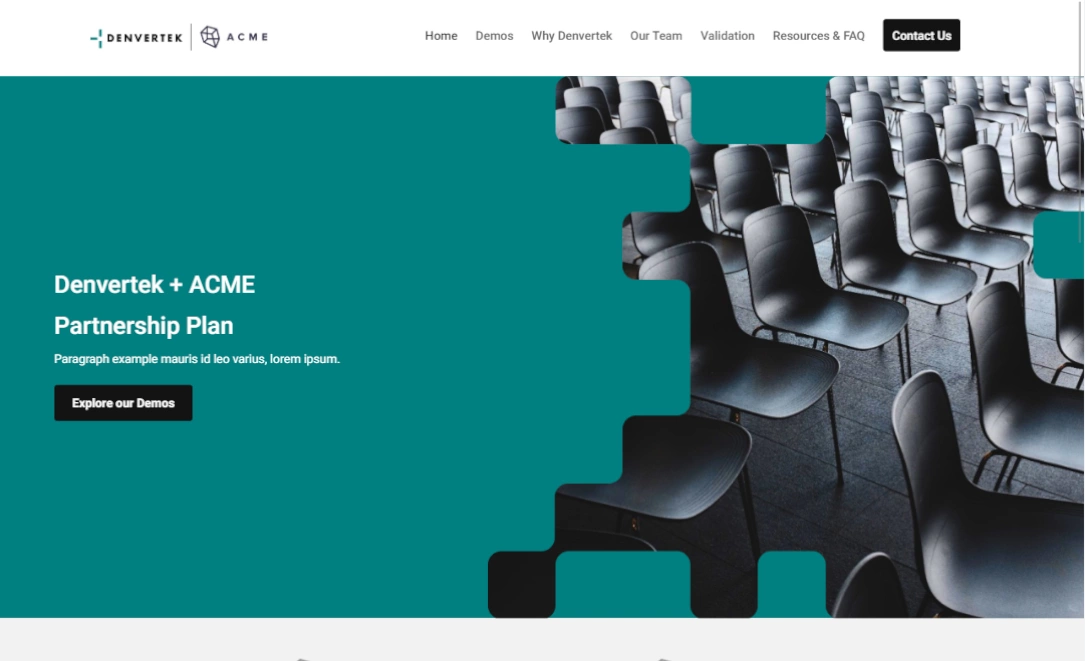Understanding the sales cycle is part of Business 101, but what if you could go one step further and shorten it?
Reaching leads and closing the deal faster is certainly appealing, but skipping key steps in the sales cycle could see you jeopardizing the sale altogether. Some parts of the sales cycle are better suited to optimization than others – focusing on these steps can help you shorten the cycle without cutting corners.
In this article, we’ll outline some tried and tested tips and tricks to help you find ways to shorten the sales cycle while avoiding some of the most common pitfalls.
What is a sales cycle?
Before we dive into how to shorten a B2B sales cycle, let’s recap what a sales cycle is and why it’s important.
What is a full sales cycle?
The sales cycle is a helpful framework that can give sales reps a way to think about the steps necessary to get to a sale. The sales cycle is a series of steps to turn a potential customer into a closed deal. The stages of the sales cycle are:
- Lead generation: finding people and businesses you can consider potential customers (aka building your list of contacts)
- Establishing contact: reaching out to the contacts you’ve collected for your list (your potential leads) via cold calling or emailing, chatting in person, or talking over social media
- Lead qualification: determine whether your contact is in the market to buy and has the funds and ability to do so
- Pitching the product: outline your services and products and explain how they can help your lead solve the problem they’ve shared with you
- Follow-up: give the potential buyer time to consider your pitch and share concerns they have, then make sure you follow up with helpful information during their decision-making process
- Close the deal: once the prospective buyer is primed, the rep can move in to make the sale using a variety of closing techniques
- Collecting referrals: now that the sale has been made, it’s time to encourage your customer to share if they know anyone else who might be interested in your product so you can keep the cycle going.
How long is a typical sales cycle?
In general, the B2B sales cycle can take much more time than you might expect. On average, the sales cycle can take anywhere from 6–12 months. Smaller deals may sometimes take less time, but due to the size of the order and how it may affect your potential customer’s business, most clients typically want time to think things over.
How to shorten the B2B sales cycle at each stage
Now that you understand the typical sales cycle, let’s take a look at how you can smartly make efforts to shorten it.
Prospecting
The best way to streamline your prospecting may sound counterintuitive, but it’s to ensure you take enough time to be thorough in your research. That means, it can be smart not to settle for the first email or phone number you find for your latest lead. Instead, aim to narrow down as much as you can exactly who you think you should be talking to. It also means relying on your ideal customer profiles when searching for prospects in the first place.
Doing this work at this specific stage has the potential to save you tons of time down the road. That’s because it helps keep you in touch with the people who are truly most likely to be interested in your product, helping you avoid dead-ends.
Engagement
The sales cycle for warm and cold leads can be shortened by leaning on tools and automation for help. There are specific sales tools like Salesloft that can help you build a cadence and nurture your pipeline without requiring as much constant, hands-on attention. That will free up your sales reps’ time to keep moving forward, instead of getting stuck on this step of the sales cycle.
Reps can also look for ways to refine their value props outside of automation, such as via customizing sales content for each lead you pursue.
Lead qualification
Lead qualification is another area that’s ripe for automation. Start by creating a lead magnet (a special offer for prospects in exchange for their contact info) and setting up an automated capture form that asks specific, qualifying questions (i.e., What’s your role? What size is your company?). Aim to build a list of qualifying questions that make use of what you know about your prospects from your ICP and dig deeper to further weed out dead ends. Finally, integrating your qualifying questions with your CRM system will make the whole process more seamless and streamlined.
Presentation of the product or service
The presentation of your product or service is one of the most important parts of the cycle, so it’s crucial to get it right. Including a demo for every single lead ensures they don’t have to go searching for one and that they can immediately get a handful of questions answered about how the product works right off the bat. This can speed up their decision-making process and make it easier for reps to close the deal.
You can also use this opportunity to make the prospect aware of what not acting will cost them. This helps the client see the benefit of your product or service and its cost-saving capabilities while applying enough pressure to the decision to encourage a swifter resolution.
Negotiation
Shortening the negotiation section of the marketing sales cycle can be difficult, but it’s not impossible. Like with prospecting, it just involves a bit of prep work. With negotiation, reps should plan ahead for all possible objections to the product or service. They should be prepared with how to answer whether the client is drawn toward a lower price or unconvinced of the benefits.
Rely on your sales enablement training to make sure reps are properly prepared. Practicing how to reply will help them to build confidence in their negotiations.
Closing
Finally, closing should be as easy as possible. You don’t want unnecessary paperwork or glitchy processes to cost you time right when you’re about to cross the finish line. Look for easy, user-friendly contract software like DocuSign to manage contracts. But more importantly, reps need to know how to read their prospective buyers so they know which tactics to use to close the deal.
Again, this is where creating a sales enablement strategy can come in handy. You can either find or create training that focuses specifically on client behavior and tone and teach reps how to know the difference between an enthusiastic close and a more reluctant one.
Shorten your sales cycle with immersive digital content experiences
Zoomforth can help you deliver the kind of winning content that will support your prospective clients’ needs and maybe even shorten your sales cycle. We’re at the forefront of microsite creation, a proven way to showcase the best content for your brand.
Microsites can distribute your proposals, enhance and centralize ongoing project delivery, and educate your sales team on anything they need. Additionally, studies have shown that using microsites increases both your audience engagement and sales conversions. Reach out today to request a demo!



